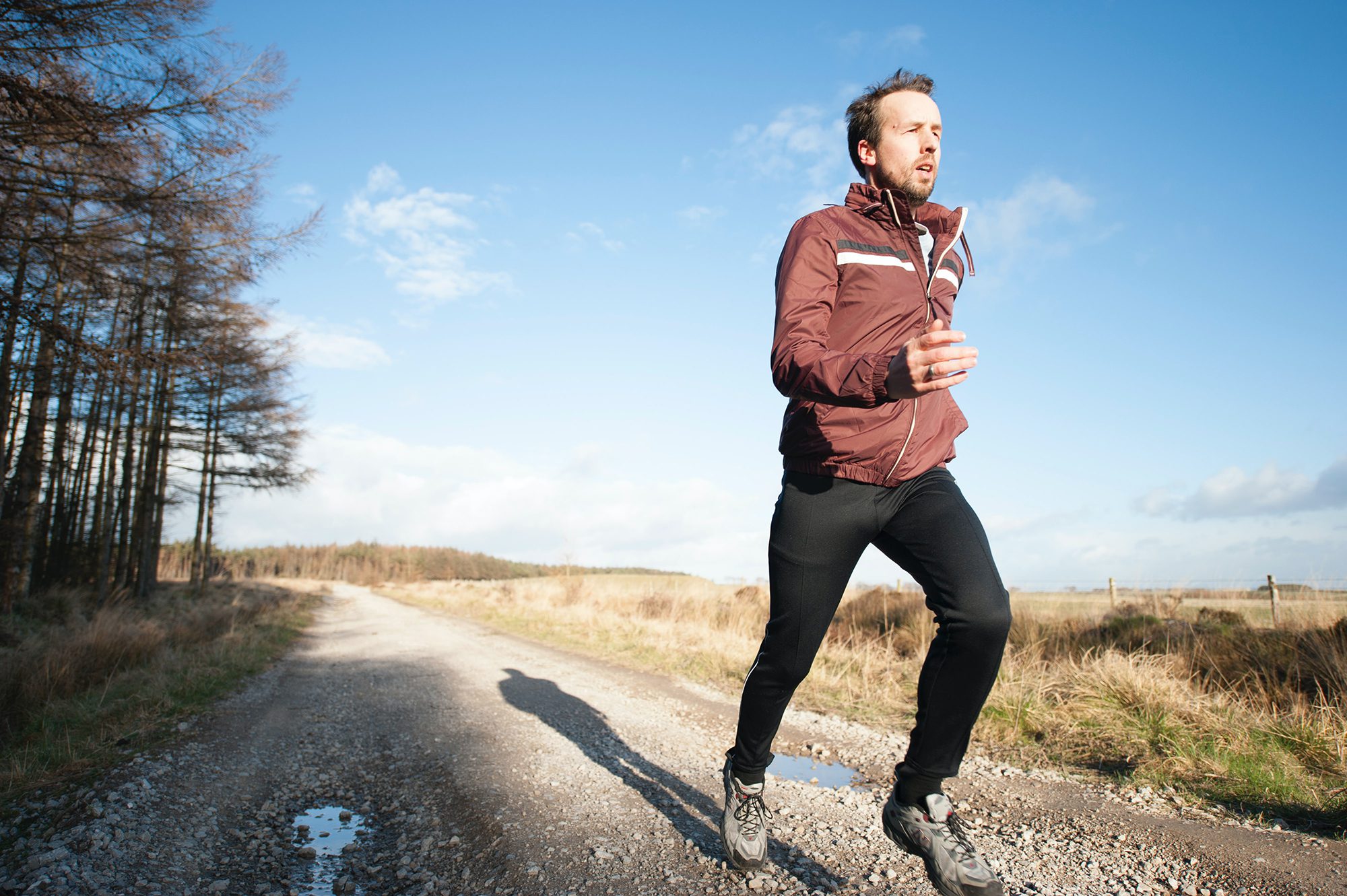December 31, 2015
Ask a cyclist if they do any training in the winter and most will answer with “Yes, of course, I’m on my trainer”. But secretly they’d rather be doing something else.
What if I told you there are other ways of training during those cold winter months that don’t involve the trainer? Strength training, a.k.a dry-land training! It will reduce your risk of injury, strengthen muscles and joints, and help you become the leader of the pack when spring arrives.
What is Dry-Land Training?
Dry-land training is what cyclists refer to as off-bike training: the in-gym, weight lifting portion of their training that a lot of cyclists tend to avoid. When asked why they avoid it, you’ll often hear, “I’ll get too big”, “That won’t help me on the bike”, and “I need to spend more time on my trainer to get better”.
On-bike training is crucial, and if you don’t do it, you won’t improve, but you also need to add dry-land training in the gym with weight lifting.
Here’s why…
With cycling and many other sports, athletes tend to suffer from overuse injuries that occur when the body compensates and repeats an action involving bad mechanics. Strength training is one way to increase joint strength and stability, build up weak, underused muscles to take some of the support, so stronger more dominant muscles are helped. Think about an assembly line and one of the workers is putting in 15 hours and the other worker is putting in 2 hours. What happens to the 15-hour a day worker? He burns out, and that’s what can happen to your muscles. An injury from overuse will develop, including hip pain, knee pain, or back pain—anyone up for some patella femoral syndrome/condromalacia?
Implementing some basic strength training exercises will help you keep those injuries at bay.
Click here for 4 exercises for mountain bikers
Implement these exercises to increase your core strength, leg strength, and upper body strength to handle what the trails throw at you. Think about it: the more leg strength you possess, the less effort you have to put out when pedaling, and with the leg endurance you earn over the winter, you’ll be feeling less tired as the season moves along. By supplementing your workouts on the trainer with strength training, you’ll increase your power output on the bike. If you’re not looking to add strength to your legs—but I think everyone is—you will also build a durable body that will last. If you crash, you might actually prevent a serious injury, maybe even prevent a collarbone fracture because of your new upper body strength, and you might even recover faster from the injury. As you can see, strength training is very important when it comes your health, on and off the bike. No excuses; give it a try.
About the Author: Steven Moniz is the Founder and Conditioning Coach at Monvida Sports Inc. After training and coaching individuals for seven years, Steven has learned that people need goals—something to drive them —to get them to push harder, faster, and remain committed. Monvida pushes athletes to exceed their goals through private training sessions, classes, online programs and sports therapy for all athletes. Steven has fused the things he loves in life: training, helping people, and adventure sports.
want to learn more?
Monvida Sports Inc. offers great classes and workshops on training for mountain biking. For more information click here.

